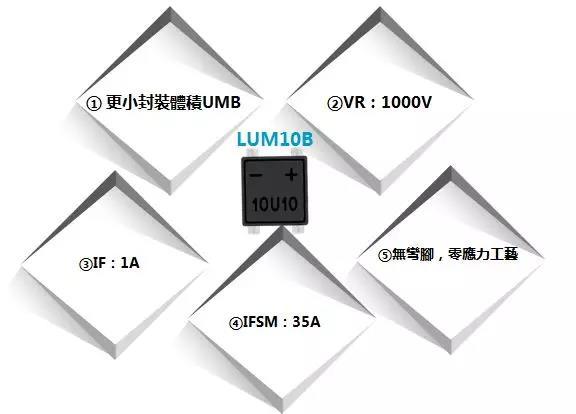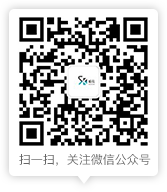Power Network Shenzhen Engineers Exchange Annual Meeting | SHIKUES —— “Application of Diodes in a Large Environment”
 6,8442018-12-04
6,8442018-12-04As an in-depth communication platform for the power electronics industry, on November 24, 2018, the annual event of the technical exchange of power grid engineers was successfully held in Shenzhen Marco Polo Hotel.
Many experts and scholars are invited this time, including Beijing University of Technology researcher Sha Deshang, former Secretary-General of the Semiconductor Application Alliance, Tao Xianfang, Wuhan University’s School of Optoelectronic Engineering, Optoelectronic Semiconductor Laser Technology Expert, Mr. Du Zuobing, and special expert Mao Shenghua, etc. In time, engineers Dai Qunfeng shared knowledge, discussed technology, and gave the attending scholars a technical feast.
Of course, if you are not at the scene, then let the editor take you back to review the “Application of Diodes in a Large Environment” by Dai Qunfeng, the engineer at the site
以下内容由现场演讲整理:

Before discussing the application of diodes in the large environment, let’s take a look at the semiconductor industry and the environment in which semiconductor discrete components are located. First look at the changes in the external application environment of the semiconductor industry:

The main growth points before were PCs and mobile smart terminals. In recent years, the growth points have been logistics networks, electronic cars, and so on.
Then look at the internal environment of the semiconductor industry. The semiconductor industry can be divided into integrated circuits and semiconductor discrete components (LEDs and sensors are not separately divided). However, when people talk about the semiconductor industry, they think of integrated circuits and pay attention to changes in the integrated circuit market. It is easy to ignore discrete components.
First, the advantages and disadvantages are compared:

In such an internal and external environment, what are the advantages, development directions and prospects of semiconductor discrete components?
Let me talk about the advantages first:

Because of the above advantages, semiconductor discrete components are still widely used, and the main development direction is also high current, high power, and voltage resistance (we will focus on analysis later). In recent years, the market share of integrated circuits has been 2 : 8 or so, there is not much change, I believe it will remain in the next few years.
A type of discrete semiconductor components, how can diodes continuously expand their performance in such an environment to meet changing application environments?
First, the continuous development of self-function and variety: the beginning of diodes

After so many years of development, the application has been continuously mining and expanding

Next, let’s focus on how a single type of diode can expand its application, and from which aspects R & D personnel have improved it.
Taking Schottky as an example, the traceable Schottky diode was developed by Dr. Schottky. It consists of metal and semiconductor and forms an electric field to form a Schottky barrier. The advantages are low VF, fast switching speed and low loss; the disadvantages are low withstand voltage and large IR.
In order to continuously meet the application of the large environment, Schottky’s research and development direction is greater current, withstand voltage, lower VF and IR. In order to achieve these characteristics, in what direction do developers improve?
Below, I introduce the SOA curve from the commonly used curves of the MOS tube for analysis as follows:

It can be seen from the figure that to improve the performance of Schottky diodes, it can be improved from the internal structure, packaging, and new materials.
First, from the update of the internal structure, compare the traditional structure with the new structure.


Here is a comparative analysis of one of our materials:

It can be seen that with the channel structure, the current of 15A can meet the requirements as long as it is in a TO-277 package, and VF (typ) = 0.45V when the forward current is 15A.
In addition, you can innovate from the package. There are several different solutions, some increase the volume of the heat sink, some have heat sinks on the front and back, etc. The thinner package used by our company can indeed get better heat dissipation. And performance, the principle is as follows:

The parameters are compared as follows:

Our company’s solutions are the earliest in China, and they are not only applied to Schottky, but also to rectifier bridges:


The last is to use new materials, as follows:

The breakdown field strength of SiC is 10 times that of Si, so high-voltage power devices with 600V to thousands of V can be made with drift layers with higher impurity concentration and thinner thickness.
SiC materials can achieve high withstand voltage with most carrier devices (Schottky barrier diodes and MOSFETs) of high-frequency device structure, thereby achieving “high withstand voltage”, “low on-resistance”, and “high frequency” These three characteristics.
In addition, the band gap is wide, which is three times that of Si, so SiC power devices can work stably even at high temperatures (175 ° C).
With the continuous advancement of materials science and production technology, more and better diodes will be available in the future to meet the needs of various applications.


